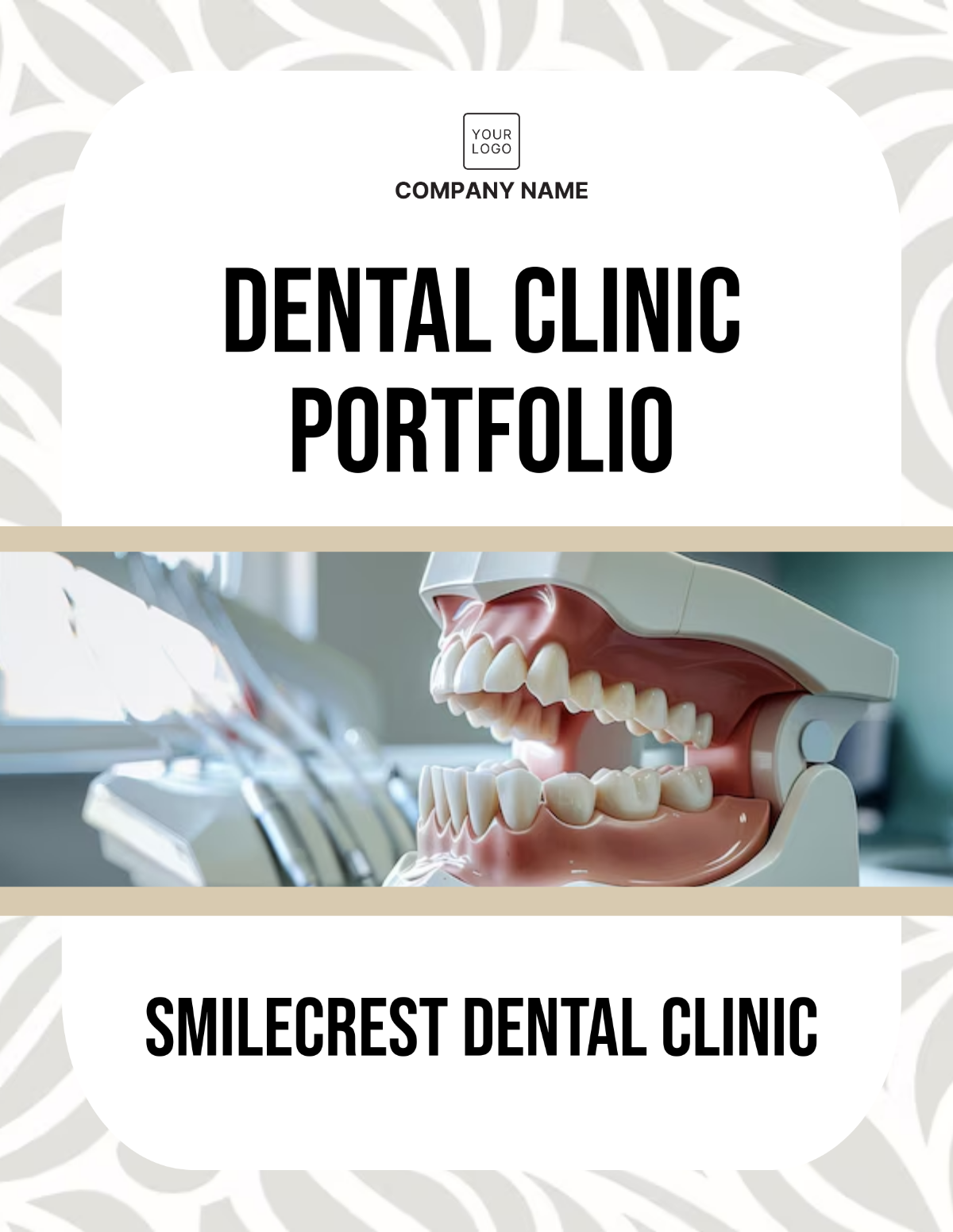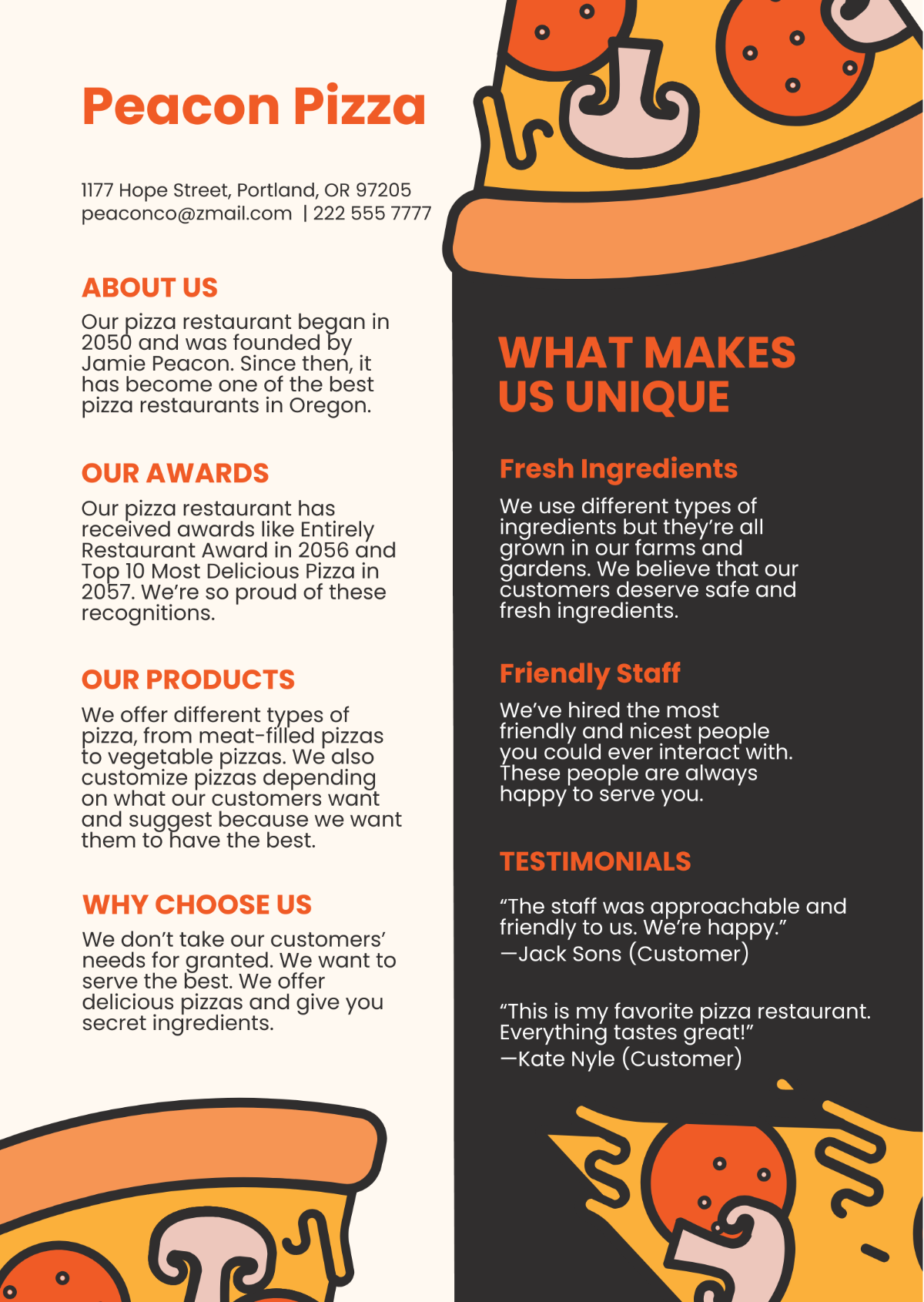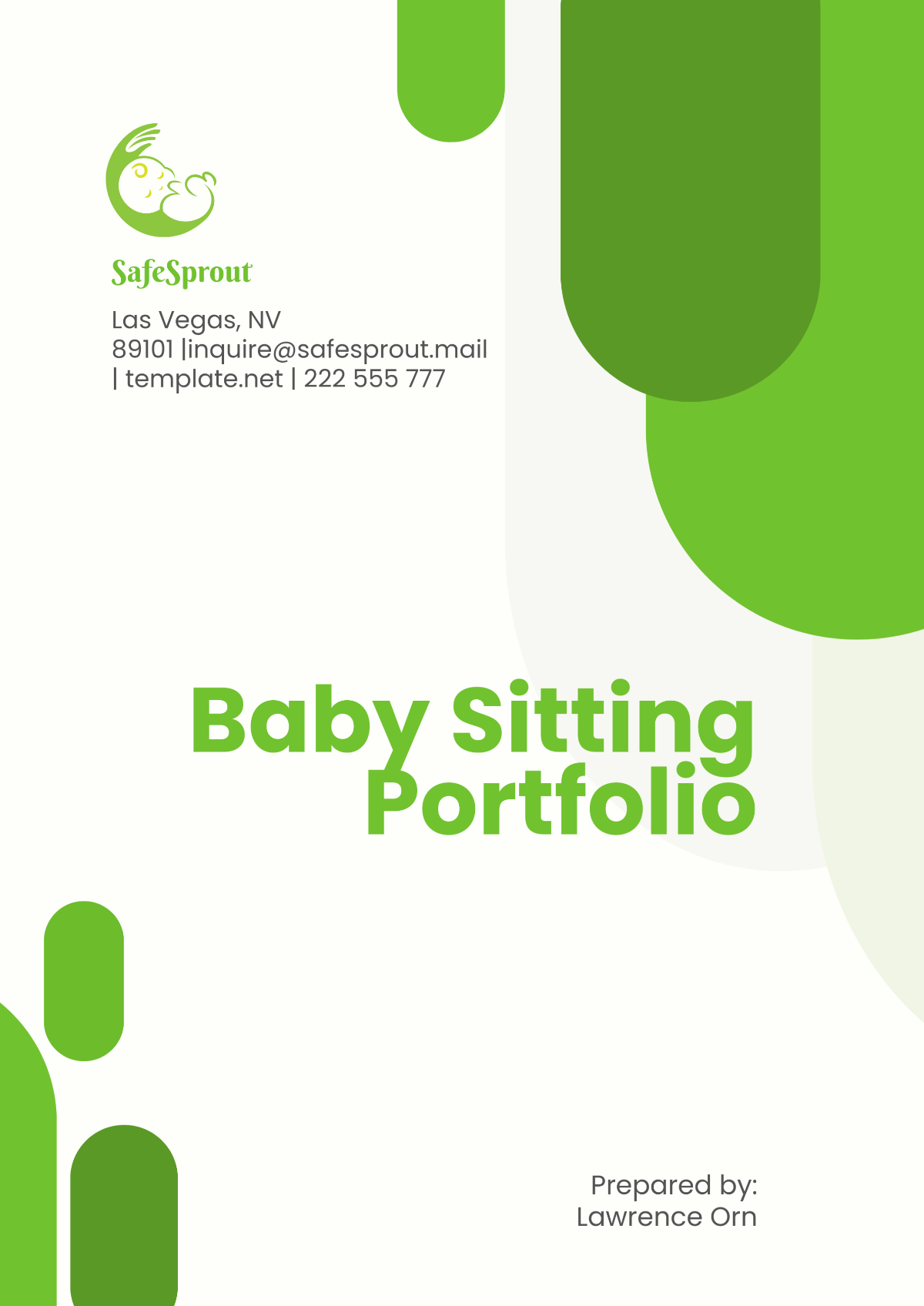Workplace Ergonomics Project Portfolio
I. Project Overview
The Workplace Ergonomics Project at [Your Company Name] is an initiative designed to create a safer, more efficient, and comfortable work environment for all employees. Recognizing that the well-being of our staff is paramount, this project aims to identify, assess, and mitigate ergonomic risks in the workplace. By focusing on ergonomic improvements, we anticipate a reduction in work-related injuries, enhanced employee comfort, and an increase in overall productivity.
This portfolio documents the entire process of the project, from its conception through to its implementation and evaluation.
II. Project Objectives
The primary objectives of the Workplace Ergonomics Project are:
a. To Reduce Workplace Injuries
By identifying and addressing ergonomic risks, the project aims to significantly reduce the occurrence of musculoskeletal disorders and other work-related injuries.
b. To Improve Employee Comfort and Well-being
The project focuses on enhancing the physical comfort of employees at their workstations, thereby impacting their overall well-being positively.
c. To Increase Productivity
Through ergonomic improvements, the project seeks to create an environment that fosters efficiency, thereby increasing productivity.
d. To Promote a Culture of Safety and Awareness
By involving employees in the process and providing education on ergonomics, the project aims to foster a culture where workplace safety and health are prioritized.
III. Project Scope
The scope of the Workplace Ergonomics Project includes:
a. Assessment of Current Ergonomic Conditions
Conducting comprehensive evaluations of all workstations and job tasks to identify ergonomic risks.
b. Employee Engagement and Feedback
Actively involving employees in the process through surveys, interviews, and feedback sessions to understand their ergonomic needs and experiences.
c. Implementation of Ergonomic Solutions
Based on the assessments and feedback, implementing solutions such as workstation adjustments, equipment upgrades, and changes in work processes.
d. Training and Education
Providing extensive training and educational materials to employees on ergonomic best practices and the importance of ergonomics in the workplace.
e. Monitoring and Evaluation
Continuously monitor the effectiveness of implemented solutions and make adjustments as needed.
IV. Methodology
a. Ergonomic Risk Assessments
The project begins with an ergonomic risk assessment conducted by a team of ergonomic specialists. This assessment includes an analysis of workstations, employee work habits, and the physical layout of the workplace.
Tools such as the Rapid Entire Body Assessment (REBA) and Rapid Upper Limb Assessment (RULA) are used to identify potential ergonomic risks.
b. Employee Surveys and Feedback
Surveys are distributed to employees to gather their input on ergonomic issues they face and suggestions for improvements.
Focus groups and interviews are also conducted to gain deeper insights into specific ergonomic concerns.
c. Data Analysis and Solution Formulation
Data gathered from the assessments and surveys are analyzed to identify key areas of concern.
Solutions, tailored to the specific needs identified, are then formulated. These solutions range from simple workstation adjustments to more significant ergonomic interventions
V. Implementation Plan
a. Workstation Redesign
Ergonomic improvements to workstations are planned, such as adjusting desk heights, providing ergonomic chairs, and introducing keyboard trays and monitor stands where necessary.
b. Equipment Upgrades
Upgrading equipment to ergonomic alternatives, like ergonomic keyboards, mice, and anti-fatigue mats.
c. Task Redesign and Job Rotation
Modifying certain job tasks to reduce repetitive strain and implementing job rotation schemes to vary the physical demands placed on employees.
d. Training Sessions
Conducting comprehensive training sessions for employees on ergonomic best practices, proper use of ergonomic equipment, and techniques to reduce physical strain.
e. Environmental Adjustments
Making environmental adjustments such as improving lighting, reducing noise levels, and ensuring optimal temperature control in the workplace. Such changes contribute to a more comfortable work environment, reducing eye strain, headaches, and other discomforts associated with poor environmental conditions.
Table 1: Implementation Plan Timeline
Activity | Start Date | End Date | Responsible Team |
Workstation Redesign | [MM-DD-YYYY] | [MM-DD-YYYY] | Facilities Management |
Equipment Upgrades | [MM-DD-YYYY] | [MM-DD-YYYY] | IT Department |
Task Redesign | [MM-DD-YYYY] | [MM-DD-YYYY] | HR and Department Heads |
Training Sessions | [MM-DD-YYYY] | [MM-DD-YYYY] | HR and Ergonomics Team |
Ergonomic Work Practices | [MM-DD-YYYY] | [MM-DD-YYYY] | All Departments |
Environmental Adjustments | [MM-DD-YYYY] | [MM-DD-YYYY] | Facilities Management |
VI. Evaluation Plan
To assess the effectiveness of the ergonomic interventions, a comprehensive evaluation plan is implemented.
a. Post-Implementation Assessments
Following the implementation of ergonomic solutions, a series of assessments are conducted to evaluate the impact of these changes. These assessments are similar to the initial ergonomic risk assessments and aim to compare pre and post-implementation conditions.
b. Employee Feedback Surveys
Post-implementation surveys are distributed to employees to gather their feedback on the changes made. Questions focus on perceived improvements in comfort, reduction in physical strain, and overall satisfaction with the ergonomic interventions.
c. Injury and Illness Tracking
Monitoring the rates of work-related injuries and illnesses before and after the implementation provides quantitative data on the effectiveness of the ergonomic solutions. A significant reduction in these rates is a strong indicator of the success of the project.
d. Productivity Metrics
Analyzing productivity metrics such as output quality and efficiency helps in understanding the impact of ergonomic improvements on work performance.
Table 2: Evaluation Metrics
Metric | Measurement Method | Frequency of Evaluation |
Employee Comfort Level | Post-Implementation Survey | Bi-annually |
Injury and Illness Rates | Health and Safety Records | Quarterly |
Productivity Levels | Departmental Performance Reports | Quarterly |
VII. Future Recommendations
Based on the findings from the evaluation phase, future recommendations are formulated to further enhance the ergonomic environment at [Your Company Name].
a. Continuous Improvement
The ergonomic project is not a one-time initiative but a continuous process. Regular reviews and updates of ergonomic practices are recommended to keep pace with technological advancements and changes in work processes.
b. Expansion of Ergonomic Training
Expanding the scope of ergonomic training to include emerging topics and advanced ergonomic concepts is recommended. This will ensure that employees remain well-informed and equipped to adapt to evolving ergonomic needs.
c. Investment in Innovative Ergonomic Solutions
Exploring and investing in innovative ergonomic solutions such as sit-stand desks, advanced ergonomic tools, or virtual ergonomic assessments can further improve the work environment.
d. Employee Wellness Programs
Integrating ergonomic principles into broader employee wellness programs can enhance the overall health and well-being of employees. Programs focusing on physical fitness, mental health, and nutrition, complemented by ergonomic principles, can lead to a more holistic approach to employee wellness.
VIII. Conclusion
The Workplace Ergonomics Project Portfolio for [Your Company Name] outlines a comprehensive approach to improving workplace ergonomics. Through careful planning, implementation, and evaluation, we have made significant strides in creating a safer, more comfortable, and productive work environment. The commitment to continuous improvement and adaptation will ensure that [Your Company Name] remains a leader in workplace ergonomics and employee well-being.

















































